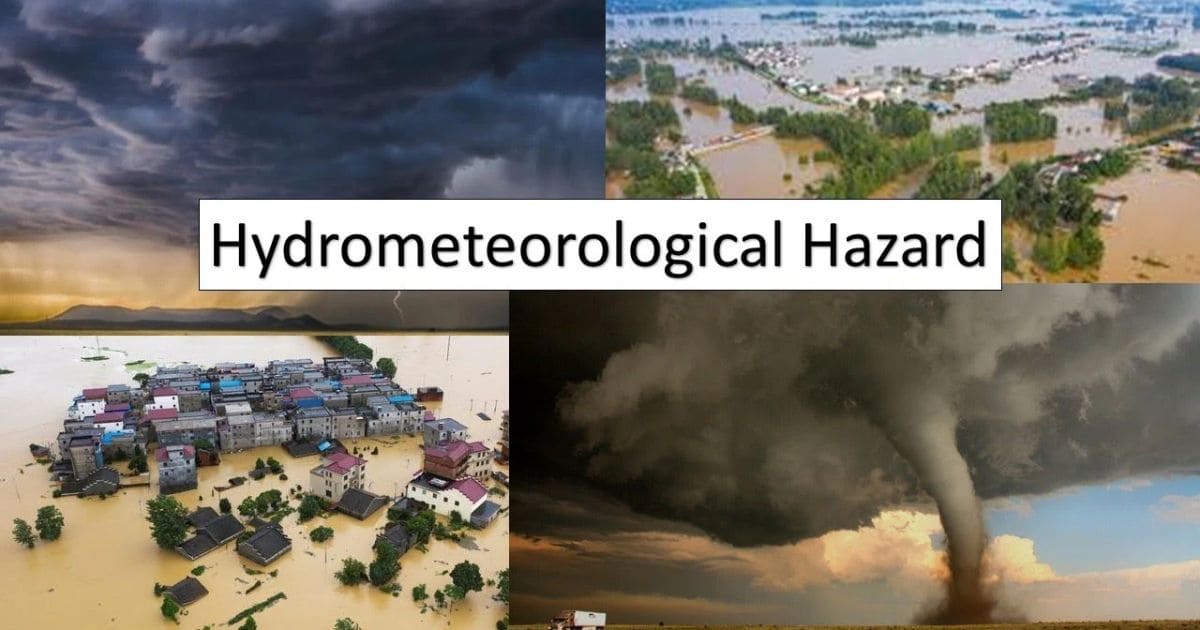Jakarta. The term “geo-hydrometeorological disaster” frequently appears in official reports from the BMKG (Meteorology, Climatology, and Geophysics Agency) and the BNPB (National Disaster Management Agency), particularly during the rainy season or when natural disasters occur. However, many people don’t understand its true meaning.
So, what is meant by geo-hydrometeorological disasters?
Understanding Geo-Hydrometeorological Disasters
Quoting from the BMKG (Indonesian Meteorology, Climatology, and Geophysical Agency) KMS website, geo-hydrometeorological disasters are a combination of two types of disasters: geological and hydrometeorological . These disasters arise from the interplay between geological conditions, such as soil structure or topography, and meteorological and hydrological phenomena, such as extreme rainfall, flooding, and strong winds.
“The addition of the word ‘geo’ to the term ‘geo-hydrometeorological disaster’ refers to disasters that occur due to plate movements (tectonics), such as earthquakes, landslides, and tsunamis. Therefore, the meaning of a geo-hydrometeorological disaster is a multi-disaster that occurs due to extreme earth, weather, and climate phenomena,” wrote the BMKG.
Due to their multi-factorial nature, geo-hydrometeorological disasters can have widespread impacts. For example, heavy rain in areas with unstable soil structures can trigger landslides. Similarly, coastal flooding can occur due to tidal conditions and high rainfall.
Examples of Geo-Hydrometeorological Disasters
BMKG mentions several types of disasters that fall into this category, including:
- Floods and flash floods due to heavy rainfall.
- Landslides triggered by rain in hilly or mountainous areas.
- Drought occurs when rainfall decreases drastically.
- High waves and tidal flooding in coastal areas.
- Tornadoes or strong winds due to atmospheric dynamics.
This example shows that geo-hydrometeorological disasters are not only influenced by weather factors, but also local geological and environmental conditions.
Furthermore, the BMKG emphasized the importance of understanding the characteristics of geo-hydrometeorological disasters to strengthen disaster mitigation . Furthermore, joint preparedness efforts are key to reducing the risk of casualties and losses.


Comments